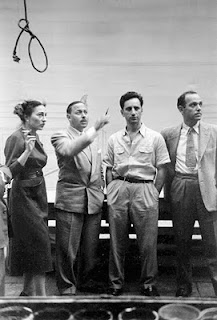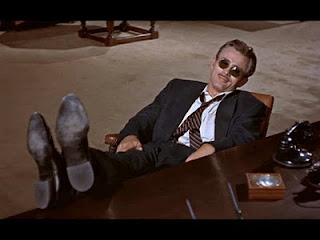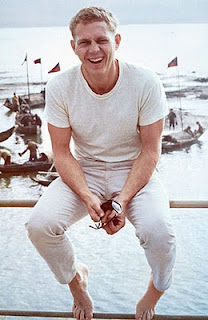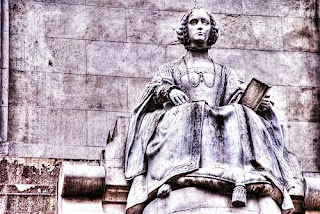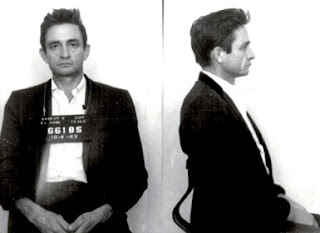Dad (Karl Malden) and the Kid (Brando): One-Eyed Jacks
Like a Freudian Picasso who could use his own body as a canvas in which the strokes would be only red and green colors, the Brando that swaggers in A Streetcar Named Desire is not just the Michelangelo-like sculptured physique and the Beethoven-kind of bursts of rage; but also an artist so incredibly innovative that he is able to create from the black and white screen into the Tennessee Williams' and Elia Kazan's poetic scenary the most multidimensional of all moments: a human life.
From 1951 on, many were the traits in Brando's style and persona which made a more or less conscious impression: the rebellious attitude, the enigmatic mumbling, the Byronic romanticism, the iconoclastic approach to acting, the link between sexuality and individuality. Sexual allure is precisely what defined, if not Brando's technique, his stardom; yet what can be found at the core of his absolute greatness, it is not his sex-appeal, but the ambiguity which rooted this: the inextricable confussion in the On the Waterfront antihero of male and female characteristics as never before nor after has blessed any actor of his class.
One of the most noted venusian artists of his time, Roger Vadim benefited himself from his own singular feminine side. In the same way, Brando was the most convincing Fletcher Christian on the screen: flamboyant, mannered, cocky, petulant, too much delicate. Not too much, really. The little there is to know about Christian's womanizing means looks smooth as well, and his suggested game is perhaps a reflection of that of Brando's friend, the director of And God Created Woman.
It was another filmmaker friend of Brando, however, who exerted a huge influence on him and the development of his craft. After working together in Streetcar, Kazan and Brando went to make only two more movies, Viva Zapata! and On the Waterfront. This final collaboration contains what are probably the most elaborate and at the same time simple examples of the great actor's unique androginy. When the main character, Terry Malloy, is in the company of his comrades, the melancholic gaze of his eyes of wasted prize-fighter underlines the substantial difference between his conflicted inner self and the confidence that exude from the naturality of the others. He does not fit in this man's world, Kazan implicitly communicates through the camera angles and the light that make Malloy to show almost like a womanly vulnerability, both his weakness and his real strength in this harsh environment. Stanley Kowalski has become Blanche DuBois, but Waterfront, despite its documentary-like realism, has got an idealist heart; hence the triumph of good in the uplifting end.
Waterfront was that moment in cinema when the doors got opened; without it is impossible to conceive the emergence, if not of all Brando heirs, at least of some of the most sexually ambivalent and universally appealing: John Travolta, Leonardo DiCaprio, Johnny Depp. Nonetheless, it seems unlikely that the gender dynamics which fueled Brando's psychological richness in characters can be ever matched.

